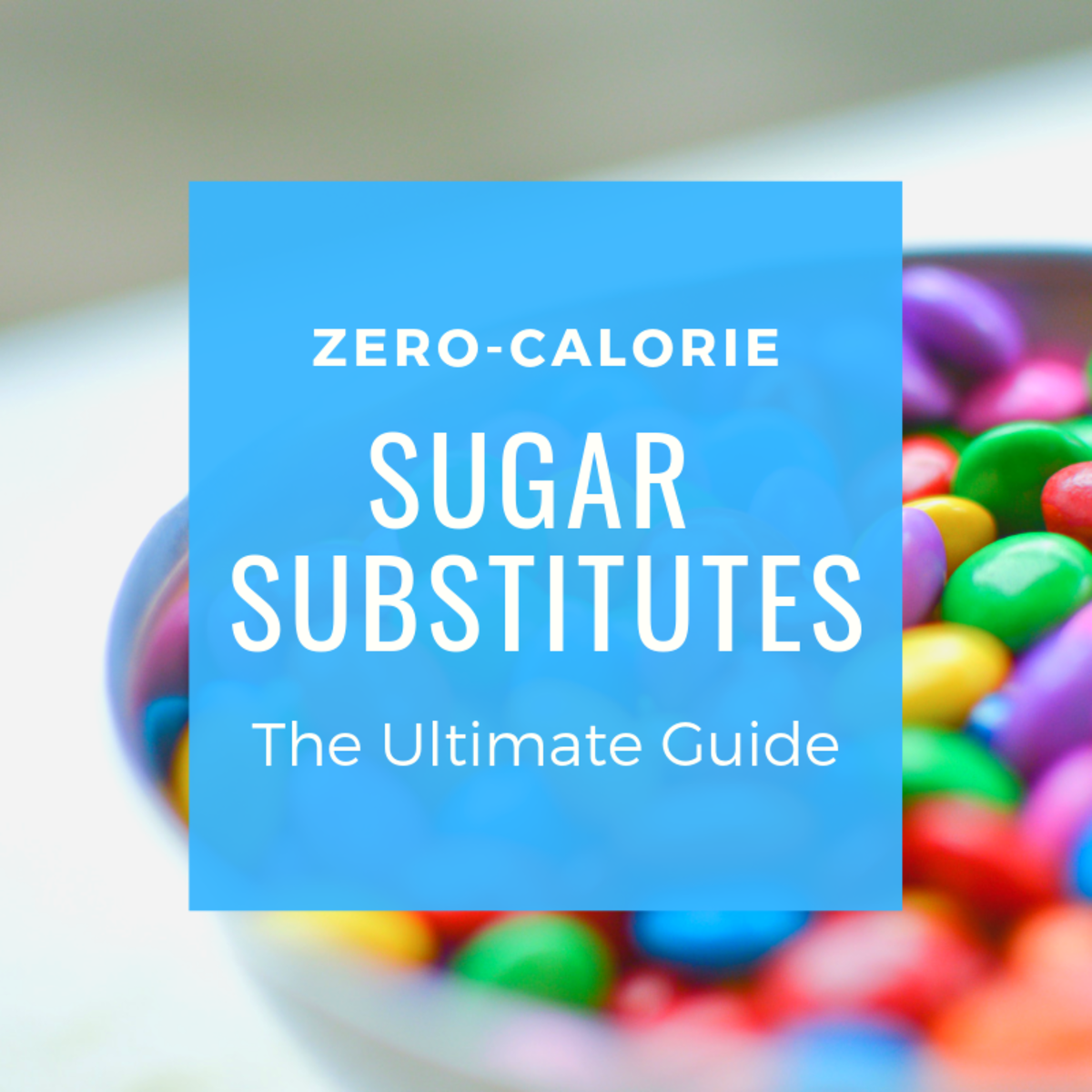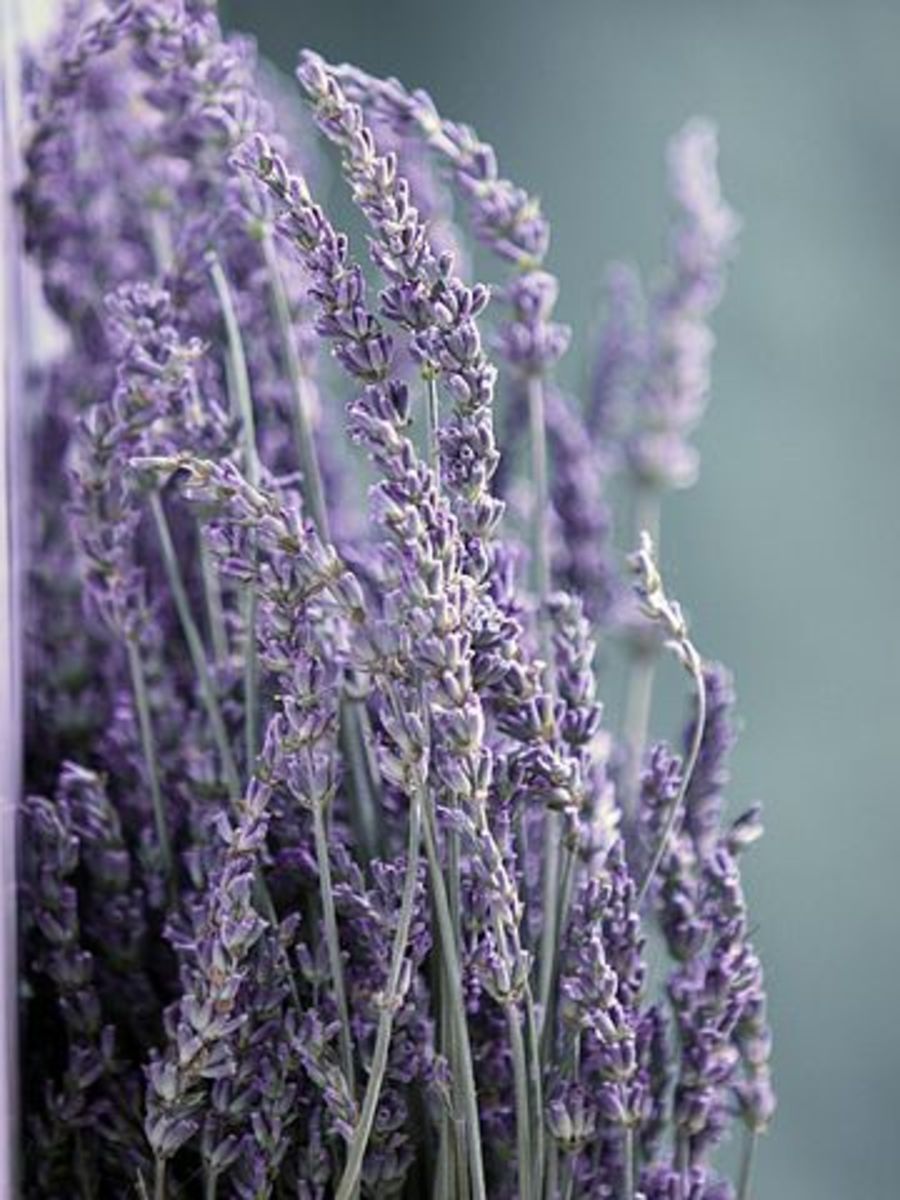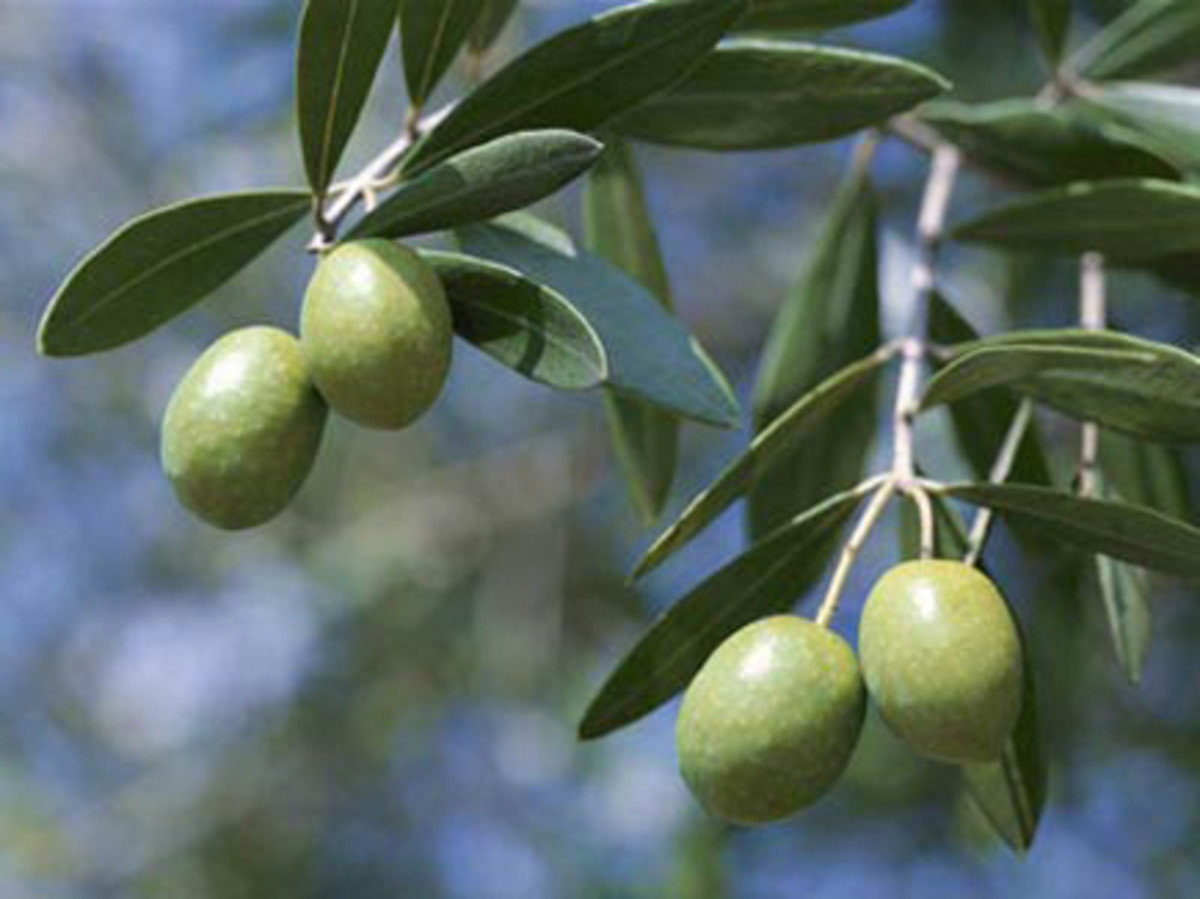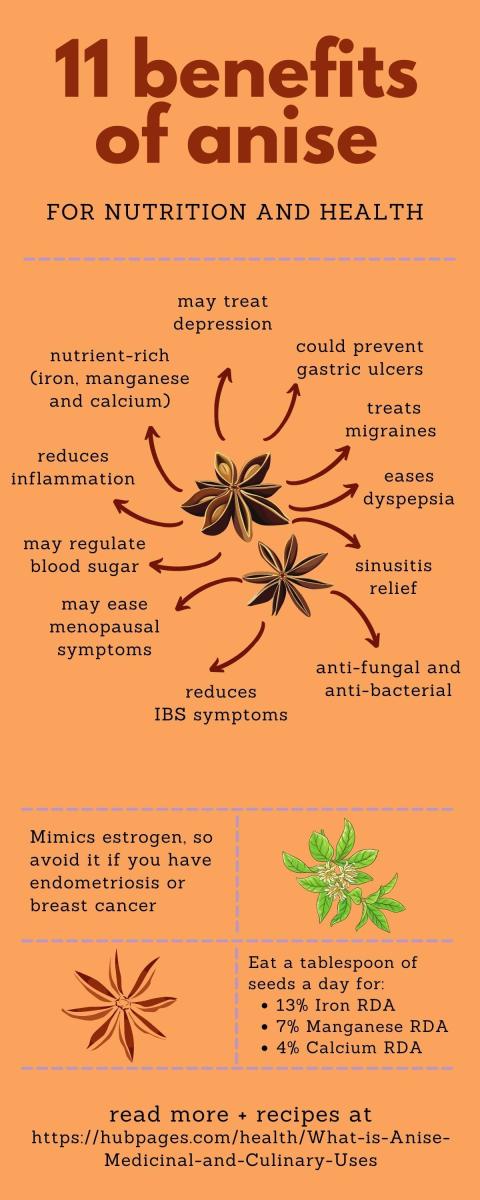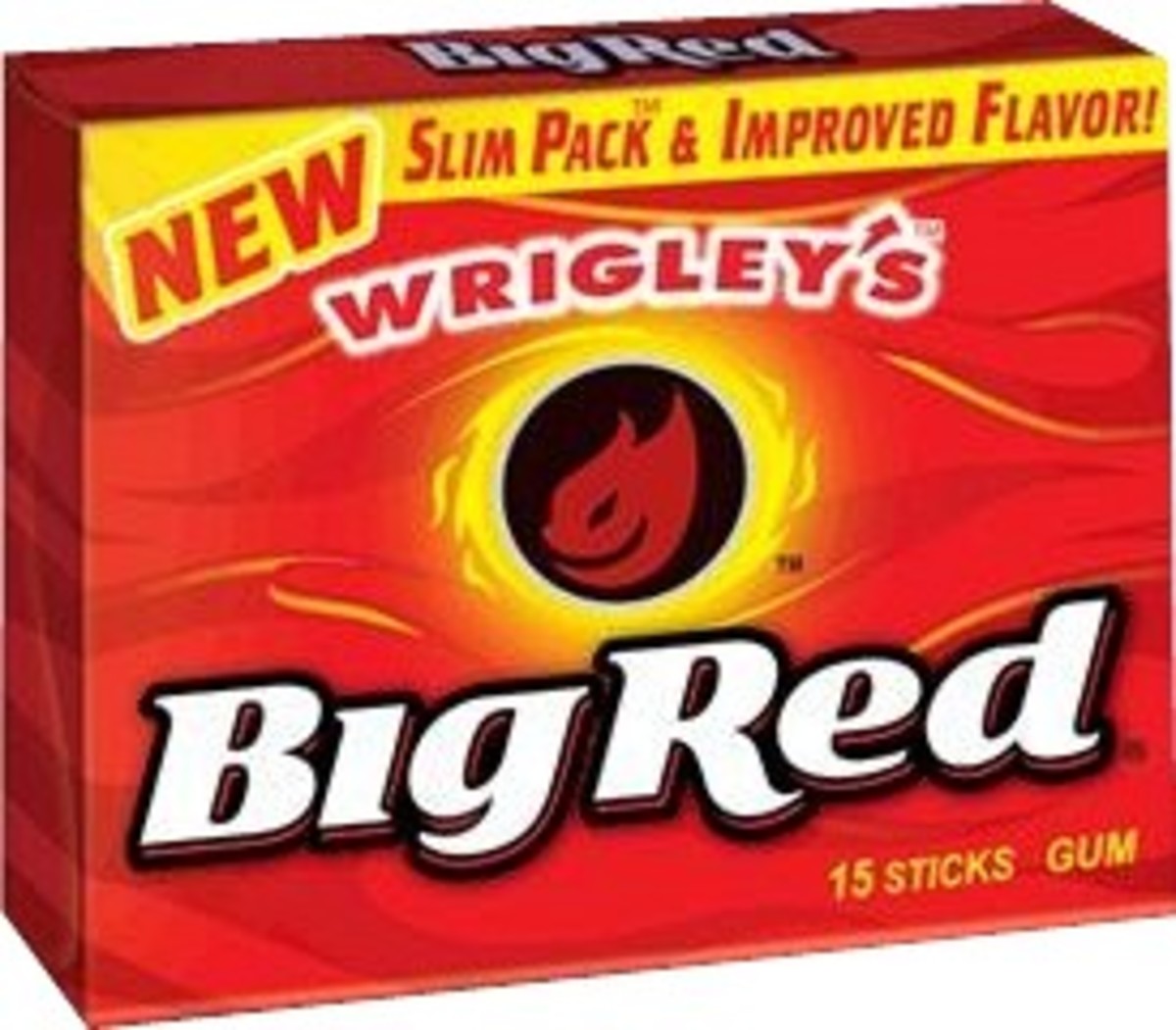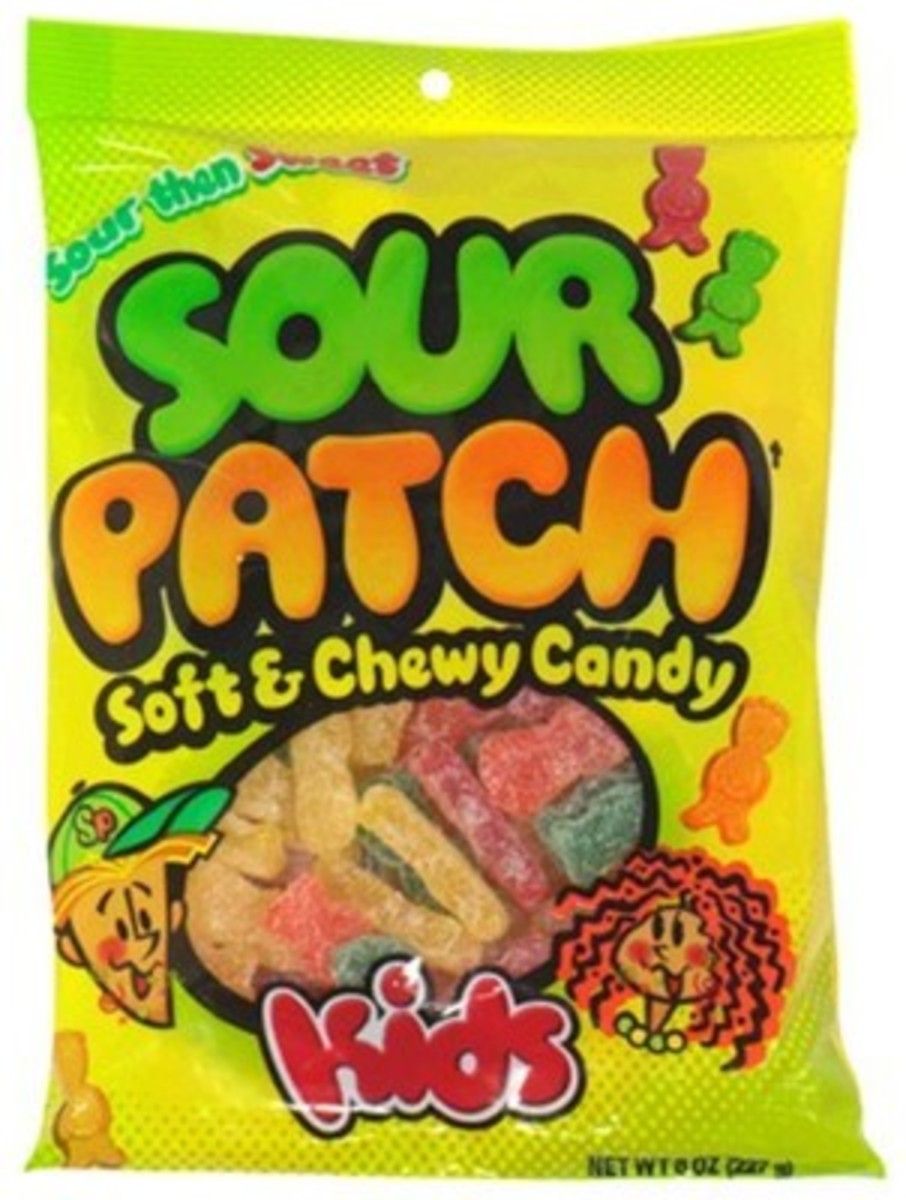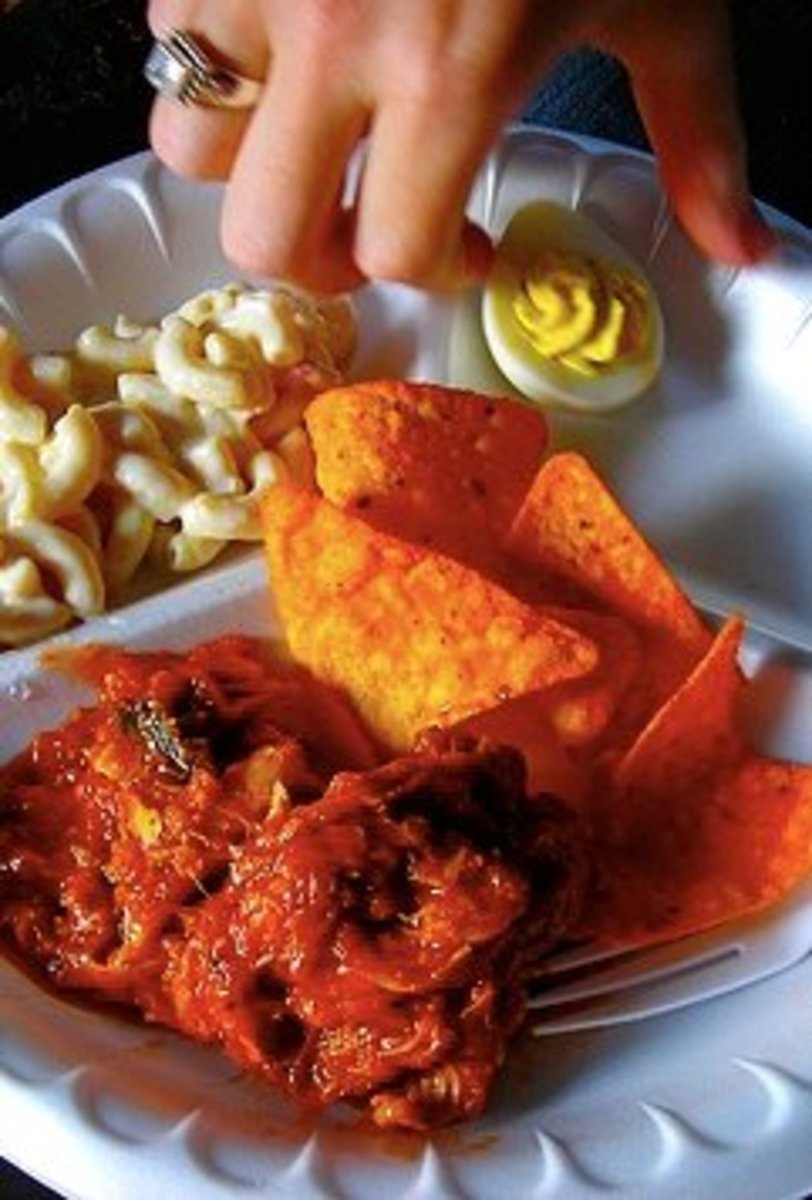Stevia - A Healthy Sugar Substitute
What is Stevia?
While Stevia is a genus of plants that contain over 240 species from the sunflower family, one species in particular, Stevia rebaudiana, is the one used as a sugar substitute. It is a perennial that produces small white flowers and can reach about 75 cm in height with a half meter spread. The leaves are toothed at the edges and have an oval shape. It is native to South America, where its use by man also originated. Stevia is now grown in several continents and used for its sweetening properties.
The leaves can be used to make herbal tea, and also to sweeten other types of tea. The glycoside extracts are also isolated from the leaves via steeping. The raw, unadulterated leaf has between 30-50 times the sweetness of sugar, while the two most prevalent isolated and concentrated extracts have between 250-450x the sweetness of sugar.
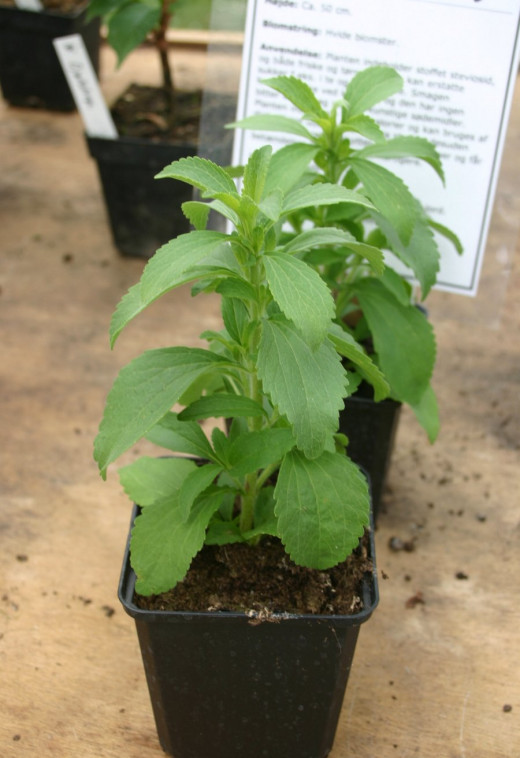
Components of the Extract
The four major glycosides usually comprise a total of about 12% of each stevia leaf. The most abundant in order are stevioside, rebaudioside A, rebaudioside C, and dulcoside A. The two that are used as a sucrose substitute are stevioside and rebaudioside A. Stevioside is between 250-300 times as sweet as sugar, and rebaudioside A is 350-450 times as sweet. Stevioside, while very sweet, can sometimes have a slight bitter aftertaste associated with it, while rebaudioside A does not, and is also sweeter than stevioside. Most commercial brands of stevia sweeteners use rebaudioside A as either the sole component, or the major component in a blend of stevioside and rebaudioside A. Stevioside, being more abundant, can lower the cost if it is included in the finished product. Some of the larger commercial brands are not anywhere near pure stevia extract. For instance, Truvia, made by Coca-Cola, contains rebaudioside A along with erythritol and a few other natural flavorings. The version made by PepsiCo, known as PureVia, used to flavor their SoBe Lifewater beverage line, contains rebaudioside A along with dextrose, cellulose, and other natural flavorings. Some pure brands of stevia are Kal Pure, Sweetleaf, and NuNaturals. Pay attention to the label, because not everything that is called stevia is necessarily pure.
Sweet Without the Negative Effects of Sugar
The harmful cycle associated with eating sugar and other simple carbohydrates is as follows:
- The consumption of sugar/simple carbohydrates stimulates insulin production
- Insulin production lowers blood sugar
- This creates a craving for more sugar/simple carbohydrates
Repeating this cycle over a long period of time leads to insulin resistance. Insulin resistance, in turn, will make the craving for sugar and simple carbs even harder to satisfy in the long run. Stevia does not have any calories, and it has also been shown to actually increase insulin sensitivity. This is why it has been used in Japan for several decades to treat diabetics. It also consists of between 40-50% of Japan's sweetener consumption. Though in vitro the addition of stevia to pancreatic cells caused an insulin spike, this has shown to not be the case in actual living beings, unlike with aspartame and other artificial sweeteners. With stevia, you will get the sweet taste without the calories, or the other negative effects associated with excess consumption of sugar.
Other Health Benefits
Stevia has been used as a health food for centuries in South America. It is only in recent times that experimental research has been done in the United States and in the rest of the developed world on its health benefits.
Long term low dose stevia has successfully reduced overall cholesterol levels in experimental trials in rats. When stevia was administered in conjunction with the prebiotic inulin, it also increased the HDL levels while simultaneously reducing overall cholesterol.
Mice that were given stevioside also had their cholesterol reduced. But it also had another noticeable effect. Stevioside actually reduced artery plaque buildup as well. It appears that stevioside may very well protect against heart disease. Notice that the experiment for this particular benefit has only been done with stevioside, not rebaudioside A or any of the other glycosides in the stevia leaf. So if you decide to start using stevia for this purpose, it is recommended that you buy a brand that has both glycosides, and not one that has only rebaudioside A.
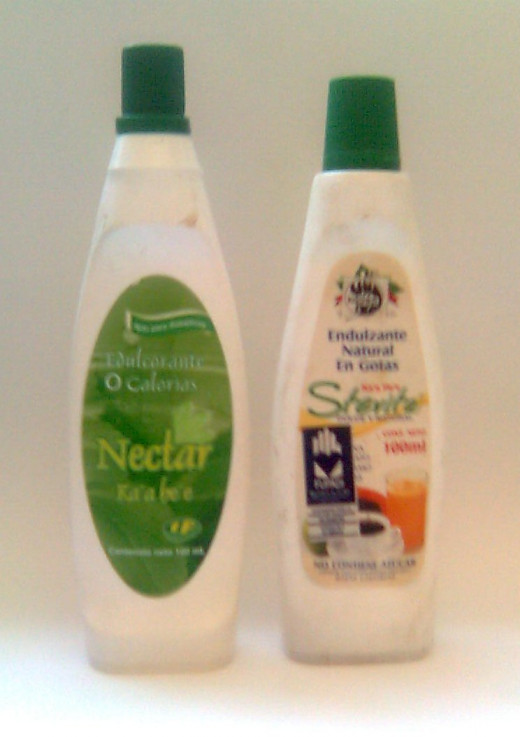
Other Medicinal Properties
The first known use of stevia for medicinal purposes was by the Guarani people in South America approximately 1500 years ago. It has been widely used in South and Central America for centuries to cure certain conditions.
It can serve as an antimicrobial against certain streptococcus infections. It is also thought to ward off both influenza and the common cold. For this reason, markets have produced stevia flavored toothpastes and mouthwashes.
According to the Guarani, stevia applied topically can accelerate the healing of sores, and also shorten eczema flareups. People who use stevia regularly on their skin also have reported an improved texture. As a result, many anti-wrinkle products contain stevia.
Stevia also has been used as an assistant for other medicinal concoctions that are quite bitter to the taste. The sweetened concoction provides an easier time for a patient to take the medication. That combined with stevia's own added health benefits makes for an improved medicinal preparation.



